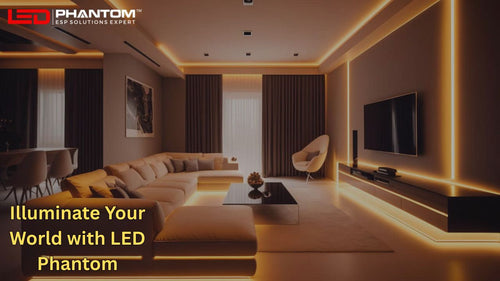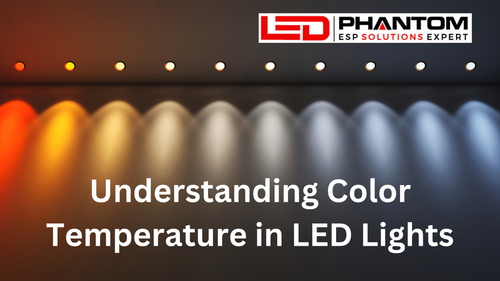Warehouse Lighting Guide: Everything You Need to Know Before Purchasing
Are you in the market for new warehouse lighting? If so, you're in for a treat! This guide will walk you through everything you need to know before making your purchase. It's important to consider all of the factors involved in warehouse lighting, such as color temperature, light distribution, fixture spacing and lighting control systems. By taking these into account, you can ensure that your new lighting system meets your specific needs and requirements. Let's get started!
Color temperature is one of the most important factors to consider when choosing warehouse lighting. The color temperature of a light source is measured in Kelvin (K) and it indicates the hue of the light. Warm white light has a color temperature of 3000K or less, while cool white light has a color temperature of 4000K or higher. When selecting warehouse lighting, it's important to choose a color temperature that will best meet your needs. If you need lighting that will help you see clearly and safely, then cool white light is ideal. However, if you want lighting that will create a more relaxed atmosphere, then warm white light may be better suited for your needs.
Light distribution is another important factor to consider when selecting warehouse lighting. There are two main types of light distribution - direct and indirect. Direct light is a more focused light that creates less shadowing, while indirect light is a more diffused light that can create more shadows. When choosing warehouse lighting, it's important to consider the type of light distribution that will best meet your needs. If you need lighting that will help you see clearly and safely, then direct light is ideal. However, if you want lighting that will create a more relaxed atmosphere, then indirect light may be better suited for your needs.
Fixture spacing is another factor to keep in mind when selecting warehouse lighting. The spacing of fixtures should be based on the height of the ceiling and the size of the room. Generally speaking, fixture spacing should be between 20 and 30 feet on center for ceilings that are 20 feet or less in height. For ceilings that are taller than 20 feet, fixture spacing should be between 30 and 40 feet on center. When choosing warehouse lighting, it's important to consider the spacing of fixtures to ensure that your new system meets your specific needs.
Finally, lighting control systems are an important factor to consider when selecting warehouse lighting. Lighting control systems allow you to dim or turn off lights when they're not needed, which can help save energy and money. There are two main types of lighting control systems - central controls and local controls. Central controls allow you to manage the lighting for an entire building from one central location, while local controls allow you to manage the lighting for a specific area or room. When choosing warehouse lighting, it's important to consider the type of lighting control system that will best meet your needs. If you need a system that will allow you to manage the lighting for an entire building, then central controls are ideal. However, if you only need a system that will allow you to manage the lighting for a specific area or room, then local controls may be better suited for your needs.
Now that you know everything there is to know about warehouse lighting, it's time to start shopping! Be sure to keep all of the factors we've discussed in mind as you browse through different products and systems. By taking all of these into account, you can ensure that you make the right purchase for your specific needs.
For even more insight on how to make the right decision when it comes to warehouse lighting, contact us today!
www.ledphantom.com


